Green space creation|Leisurely under the forest
People 's lives are always closely connected with the space under the forest. People walk, rest, picnic, play and enjoy the gifts brought by nature in the space under the forest.
So, what is understory space?
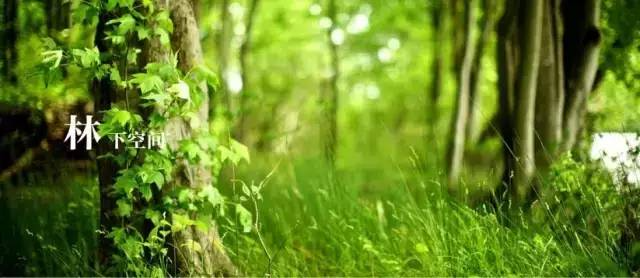
The space under the forest refers to a complex space that can meet several functions at the same time. In addition to meeting people's daily activities, the space under the forest can provide shade and cool down in the summer, prevent wind and sand in the winter, and also has a certain sound insulation effect.
The space under the forest creates a rich ecological community, plant community and spatial relationship, providing a good outdoor leisure public space for urban residents.
There are two main types of understory space: shaded type and forest edge type.
1. Tree-lined
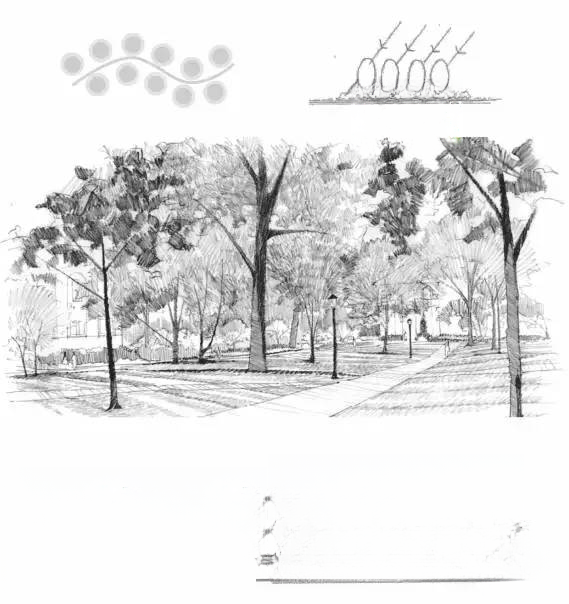
2. Forest edge style
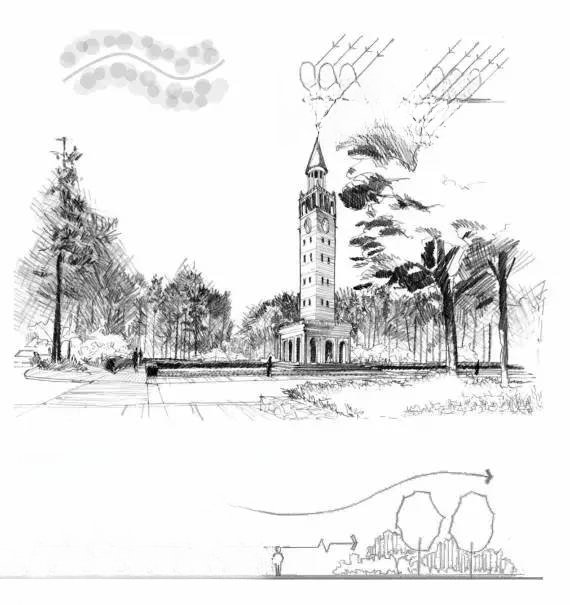
The understory space is mainly composed of four dimensions: base surface, vertical dividing surface, coverage surface and time.
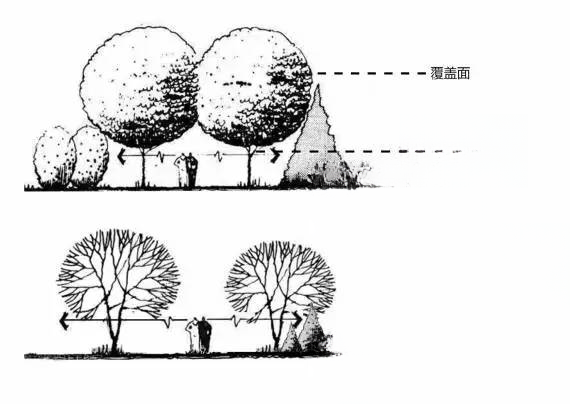
The time dimension is the biggest difference between forest space and building space.
As time goes by and the seasons change, as well as as the plants go through their life cycle from growth, development to maturity, they will undergo a series of changes in color and form, thus forming a distinctive landscape full of vitality.
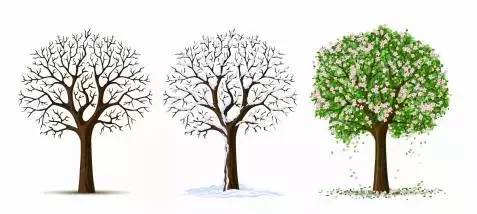
The famous American landscape designer Norman K. Booth divides the understory space into
Open plant space
Semi-open plant space
Covering Plant Space
Deep plant spaces and enclosed plant spaces
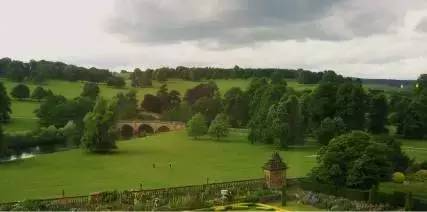
Open plant space: refers to a space within a specific area where people's sight is higher than the plant landscape. When people are in it, their sight is broad, their mood is comfortable, and they are easily satisfied.
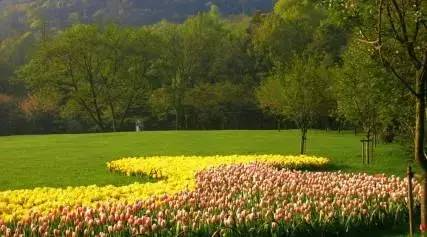
Semi-open plant space:
Within a certain area, the surroundings are not completely open, and some perspectives are blocked by plants. It is a transition from open space to closed space, and is the most common type of space in gardens.
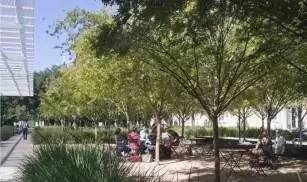
Covering plant space:
The sense of space is formed by the height of the branching points of the branches and the dense crown. Large trees are good materials for forming covered spaces and have a good shade effect.
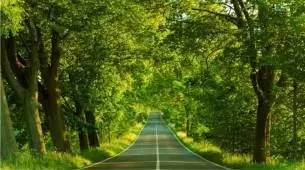
Depth of Plant Space:
In a narrow and long space, people's sight will be directed to one end of the space because the scenery on both sides is invisible. Large trees with luxuriant branches and leaves are the best materials.
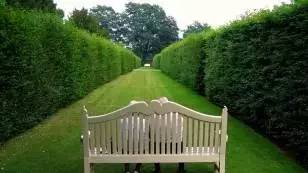
Enclosed Plant Space:
The plant shape of vertical plants forms a tight spatial boundary vertically upward. When this type of plant is used in combination with low-type flat-growing plants or shrubs, people's vision is completely blocked, and the sense of enclosure is stronger.
Based on long-term experience accumulation, Blue City products carefully create rich forest spaces to meet the various communication needs of owners.

Shanghai Jinxiu Lanting
Due to the limited site area, almost the entire green area of the plot (35% greening rate) of Shanghai Jinxiu Lanting needs to be borne by the residential area; the greening rate of the residential area exceeds 50%. Blue City combines the landscape design concept of the forest space with the participation of residents to maximize the landscape greening.
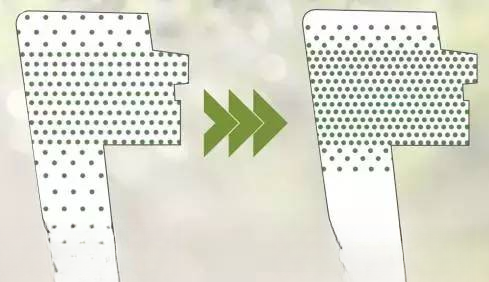
35% of freedom
The loose greening ratio in traditional projects has relaxed the demand for green space utilization. In terms of design, luxurious, complex, and classical decorative elements are acceptable.
50% More Refined
But for Shanghai Jinxiu Lanting, different types of spaces need to more appropriately combine or superimpose ornamental and practical spaces, and the design requires a more concise, refined and abstract landscape language.
Through the study of the landscape form of Shanghai Jinxiu Lanting, Bluetown summarized several typical structures of "understory space".

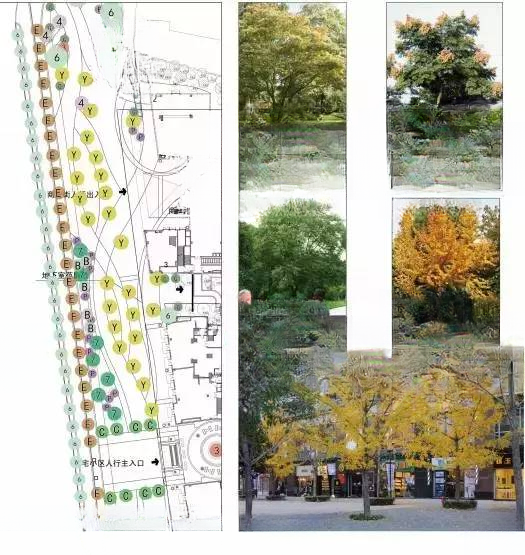
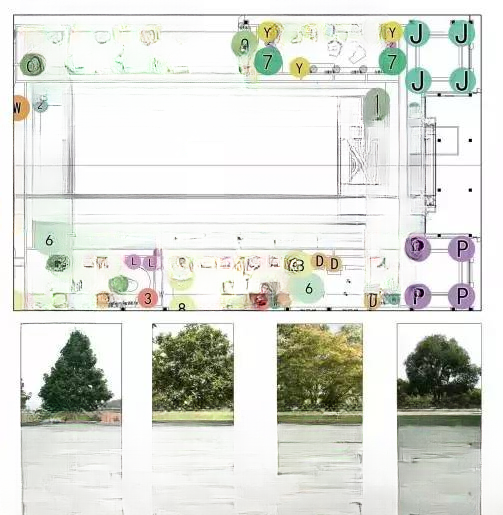
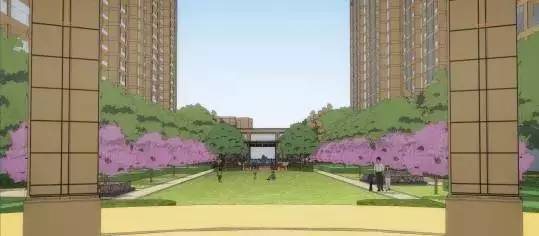
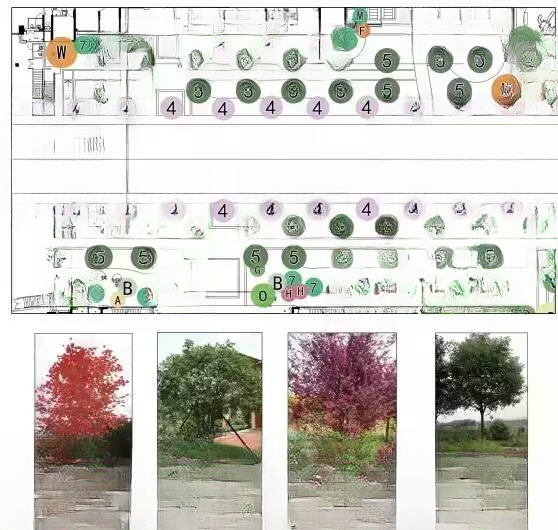

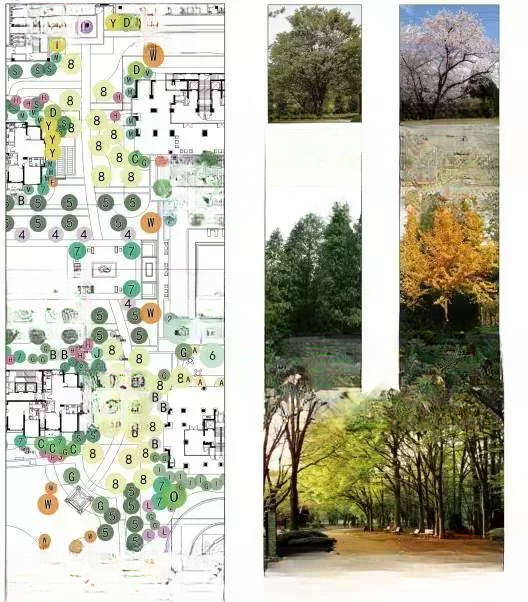
Shanghai Rose Garden
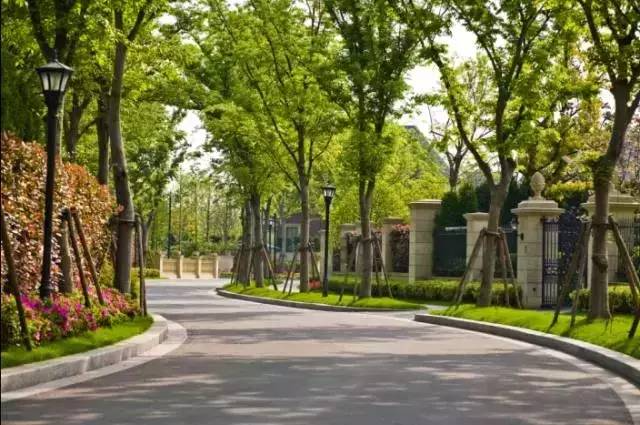
Hangzhou Lanting
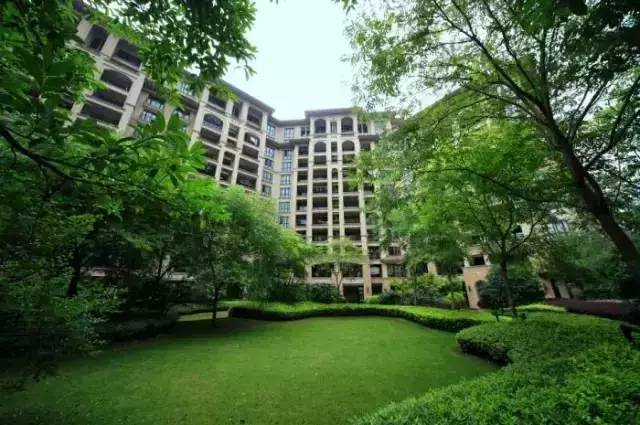
Wuzhen Graceland
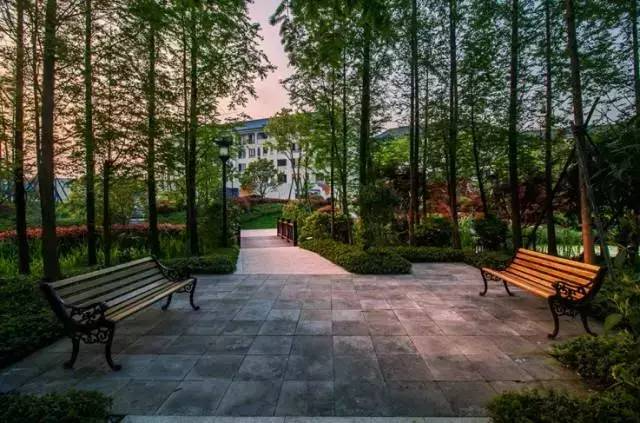
Hangzhou Osmanthus City
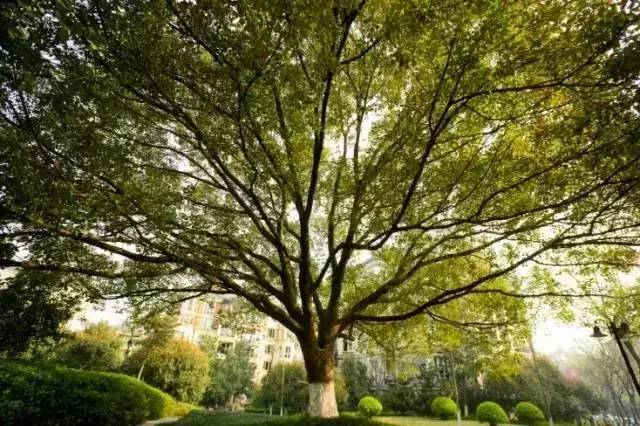

Professional Exchange
Garden plant configuration QQ exchange group: 763459
Cooperation, Contribution, Consultation
Please contact WeChat ID: 80098206
